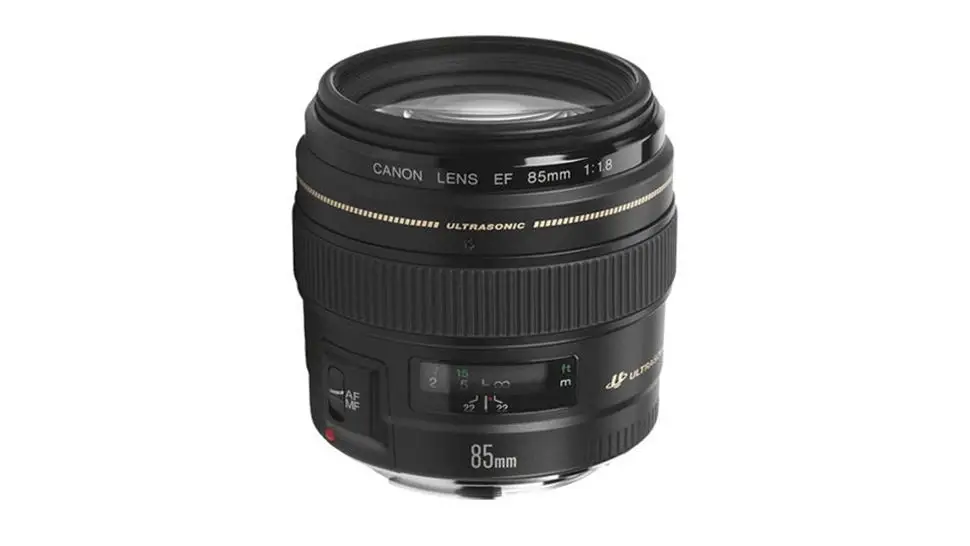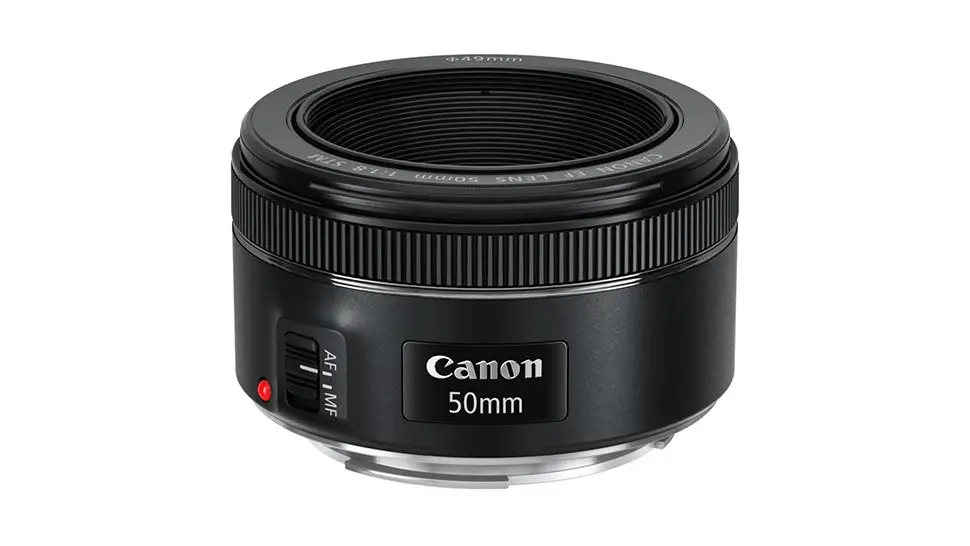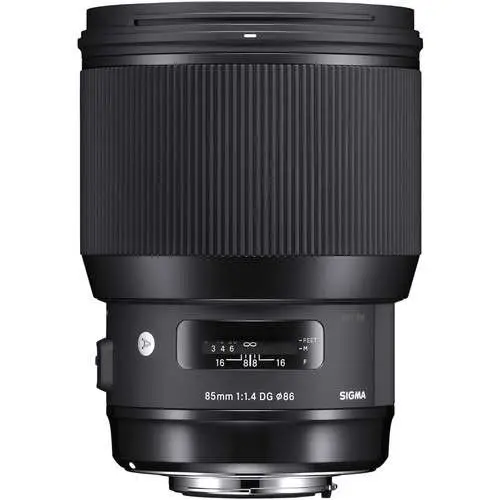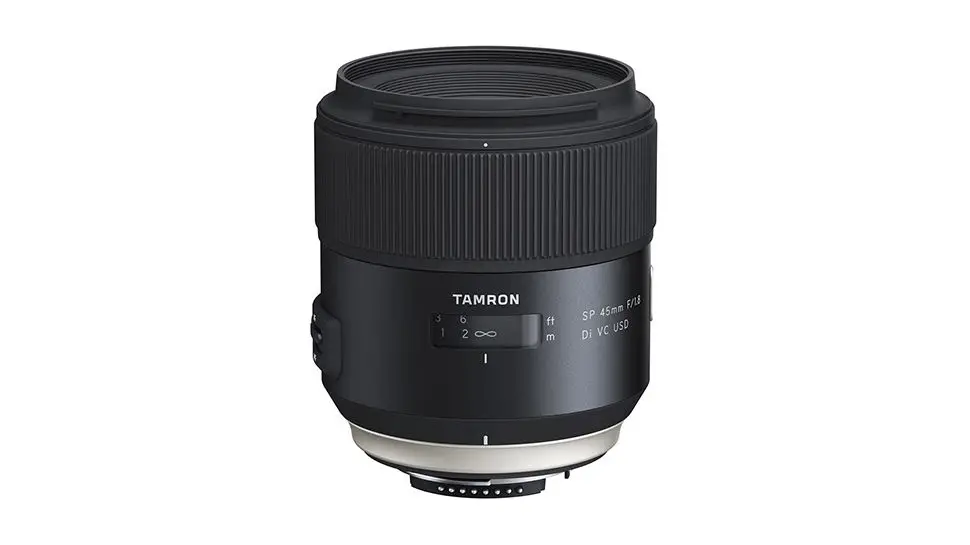When it comes to selecting the best Canon DSLR lens for portrait photography, there are several critical factors to take into account.
Portrait photography is a powerful way to capture someone’s essence with just a click of the camera. Choosing the right Canon DSLR lens for portrait photography is essential to express your unique style.
Factors like focal length, aperture, image quality, and compatibility are crucial in highlighting your subject’s beauty, emotions, and personality.
We’ve considered various aspects, including versatility, image quality, additional features like image stabilization, and, most importantly, the maximum aperture and its impact on achieving beautiful bokeh.
In this article you will find a list of best Canon DSLR lens for portraits.
Canon DSLR lens for portraits
1. Canon EF 85mm f/1.4L IS USM – DSLR Lens
When it comes to portrait photography, having the right lens can make a world of difference. Canon’s EF 85mm lens is often celebrated for its remarkable f/1.2 aperture, but we find that the f/1.4 version is even more appealing.

The EF 85mm f/1.4L IS USM stands out as a superb option for portrait photography. Its smaller, lighter build and rapid autofocus system make it a practical choice. Additionally, it features weather seals, adding durability to its list of attributes. The game-changer is the inclusion of a 4-stop image stabilizer, a valuable tool for achieving consistently sharp handheld images, especially in low light conditions. This feature is a true asset for wedding portraiture where the lighting may not always be perfect.
Another advantage this lens holds over its f/1.2 counterpart is its nine diaphragm blades. This extra blade ensures that the aperture remains more circular when stopped down slightly. This, in turn, prevents the undesired effect of the f/1.2 lens, which tends to produce octagonal bokeh discs from defocused pinpricks of light and bright spots.
2. Canon EF 85mm f/1.8 USM
The Canon EF 85mm f/1.8 USM is an excellent choice for portrait photographers looking for a compact and budget-friendly lens. Here’s a closer look at this versatile lens:

This lens is an excellent choice for portrait photography with full-frame cameras like the EOS 6D Mark II and EOS 5D Mark IV. It’s even deemed sharp enough for ultra-high-resolution cameras like the EOS 5DS and 5DS R. The lens features a well-rounded aperture with eight diaphragm blades, making it ideal for portraiture.
One of the standout features of this lens is its ring-type ultrasonic autofocus system. This technology ensures fast and nearly silent autofocus, which is particularly beneficial when shooting portraits. While sharpness wide open at f/1.8 might not be exceptional, it’s more than sufficient for capturing fine details like individual hairs and skin pores, as well as delivering excellent eye detail.
When it comes to portraiture, what often matters more is the soft, defocused background and bokeh, and this lens excels in that regard. It produces beautiful background blur and creamy bokeh, which is highly desirable for portrait work.
Moreover, the Canon EF 85mm f/1.8 USM is compact and lightweight, making it easy to carry and handle. It’s an excellent choice for photographers looking for a high-quality portrait lens without breaking the bank. The lens hood is available separately, which allows you to choose whether to include it based on your preferences.
3. Canon EF 50mm f/1.8 STM
The Canon EF 50mm f/1.8 STM is a fantastic choice for portrait photographers using APS-C DSLRs.
Although 50mm lenses are often better suited for three-quarter shots rather than headshots, they become incredibly versatile when used with APS-C EOS cameras, where the effective focal length extends to 80mm—perfect for close-up portraiture.

This Canon 50mm f/1.8 lens is incredibly lightweight and compact. It’s only 30g heavier, 1mm wider, and 16mm longer than Canon’s 40mm pancake lens, despite having a longer focal length and a faster f/1.8 aperture. The 49mm filter attachment thread is smaller, but the front element is well-recessed, making the ES-68 lens hood an optional accessory.
Several enhancements set this lens apart from its predecessors. It boasts a more advanced autofocus system, a metal mounting plate (instead of plastic), and seven diaphragm blades (up from five). This improvement results in a more well-rounded aperture. For portrait photographers, this means smoother, more pleasing background blur. Previous 50mm lenses suffered from noticeable pentagonal shapes when defocused bright objects, which is no longer a concern.
In terms of optical performance, the lens handles color fringing well, and there’s slightly less barrel distortion compared to the earlier version. All these features, combined with its affordable price, make the Canon EF 50mm f/1.8 STM an absolute bargain for photographers looking to enhance their portrait photography with a lens that delivers quality and versatility.
4. Sigma 85mm f/1.4 DG HSM Art for Canon
When it comes to portrait lenses, the Sigma 85mm f/1.4 DG HSM Art for Canon stands out as a powerhouse.
The Sigma 85mm f/1.4 DG HSM Art for Canon is a lens that means business. It’s notably larger and heavier than most portrait lenses, earning it the nickname “the Incredible Hulk” in this category. At 95x126mm and 1130g, it’s the biggest and heaviest lens in this class.

Sigma has taken a step forward by making this lens weather-resistant with dust and splash-proof casing. It’s also compatible with Sigma’s USB Dock, allowing you to apply firmware updates and customize settings to meet your needs. As an added bonus, Sigma includes a lens hood and a padded soft case with this lens.
Autofocus with the Sigma 85mm is speedy, almost silent, and consistently accurate. The lens delivers remarkable sharpness across the frame, even when shooting wide open at f/1.4. However, it’s worth noting that the central sharpness at the widest aperture isn’t as outstanding as what you’d get with Sigma’s smaller 50mm Art lens.
5. Tamron SP 85mm f/1.8 Di VC USD for Canon
The Tamron SP 85mm f/1.8 Di VC USD for Canon is a superb choice for portrait photographers using Canon DSLRs.
With a maximum aperture of f/1.8 and a classic 85mm focal length, the Tamron SP 85mm f/1.8 Di VC USD is particularly well-suited for full-frame DSLR users. What sets it apart is that it offers image stabilization, making it an excellent choice for handheld photography. Additionally, this lens is compatible with Tamron’s TAP-in console, allowing you to connect it to a computer via USB for firmware updates and customizing settings, such as autofocus fine-tuning.

While not the lightest lens around, it is more compact and lighter than Sigma’s 85mm f/1.4 DG HSM Art lens, making it easier to handle. At 700g, it remains manageable and feels well-balanced on full-frame cameras. The VC (Vibration Compensation) system is a valuable feature, especially in low-light conditions.
Like the Sigma lenses in this category, both Tamron lenses come with lens hoods to block unwanted light. The internal focusing, driven by ring-type ultrasonic systems, ensures that the front elements of the lens remain fixed during focusing. Even at the wide aperture of f/1.8, the Tamron delivers sharpness suitable for portraiture, and this sharpness is consistent across the entire frame.
The bokeh it produces is beautifully smooth, aided by the longer focal length, making it an excellent choice for portrait photography.
6. Tamron SP 45mm f/1.8 Di VC USD
The Tamron SP 45mm f/1.8 Di VC USD is an outstanding choice for portrait photographers using Canon APS-C DSLRs.
The Tamron 45mm transforms into an effective 72mm when paired with an APS-C camera. While this is a bit shorter than the classic 85mm portrait focal length, it remains highly capable for portrait photography.

What sets this Tamron lens apart from the Canon and Sigma counterparts is its optical stabilization (VC or Vibration Compensation). When shooting portraits indoors with ambient lighting, even wide apertures like f/1.4 or f/1.8 can lead to slow shutter speeds. This lens’s VC technology enables you to shoot at shutter speeds up to four stops slower, effectively combating camera shake and ensuring sharper images.
The Tamron SP 45mm f/1.8 Di VC USD boasts impressive build quality, complemented by the ring-type ultrasonic autofocus system. More importantly, it delivers excellent image quality. Sharpness and contrast are outstanding, even when shooting wide open at f/1.8. The lens’s bokeh is beautiful, resulting in a soft and creamy appearance for defocused areas in your photos.
While the lens isn’t entirely free from distortion, it exhibits notably less barrel distortion than either of the two Canon 50mm lenses in this comparison. Overall, the Tamron SP 45mm f/1.8 Di VC USD is a solid choice for portrait photographers, providing image stabilization and top-notch optical performance.
Selecting the Right Portrait Lens for Your Canon DSLR
When it comes to portrait photography with your Canon DSLR, choosing the perfect lens can significantly impact your results. Here are three key aspects to consider when selecting your ideal portrait lens:
1. Aperture
Opt for a lens with a wide maximum aperture. In portrait photography, achieving a soft, blurred background is often desirable. This background blur, known as bokeh, directs the viewer’s attention to the subject, creating a more engaging and visually appealing image. A wide aperture allows for this artistic effect. To dive deeper into understanding apertures, check out our comprehensive guide.
2. Telephoto
A quality portrait lens should offer some distance between you and your subject. This telephoto perspective not only provides a more flattering view of your subject but also contributes to their comfort. When you’re not in close proximity, your subject can relax, resulting in more natural and relaxed expressions.
3. Zoom
While prime lenses are known for their exceptional image quality, having a zoom lens in your arsenal adds versatility to your portrait photography. Zoom lenses allow you to vary your framing and composition without changing your lens. The decision between prime and zoom lenses ultimately comes down to your personal preferences. Many portrait photographers favor prime lenses because of their lightweight, compact design, affordability, and sharp image quality.


